SENSOR-ACTUATOR NETWORK
Based on the technologies of the Internet of Things (IoT), a generic IoT Toolkit was developed for field and design research. It consists of a network of nodes that are built from sensors, actuators, processors and other components. The sensors capture activities and changes in the state of the research areas (e.g. image, sound, movement, distance, temperature, humidity) and actuators (e.g. motors, loudspeakers, lamps) actively influence them. Energy supply units (e.g. batteries or solar panels) and network modules (e.g. LoRaWAN or 4/5G mobile networks) are used for power supply and networking.
The IoT Toolkit was set up in the field as part of the design interventions and thus functioned as a media technology infrastructure. However, the use of technology was critically distinguished from the commercial and technophile 'smart' paradigm. The sensors were used to monitor the local living environment, the collected data was analyzed using the 'Explore' software and presented to the public in the 'Discover' atlas. The actuators fed the evaluated measured values back into the physical environment and thus contributed to the design of a 'response-able environment' (instead of 'smart' or 'responsive') with extended communication capability and agency.
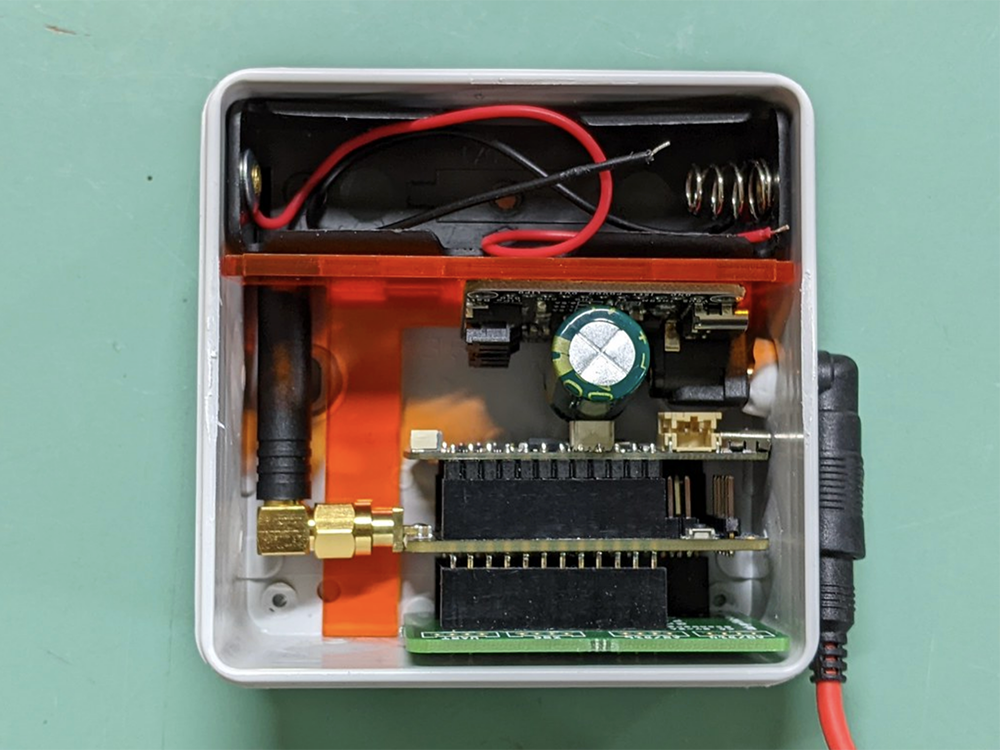
PAX-Counter: open electrical junction box with electronic components including integrated antenna.
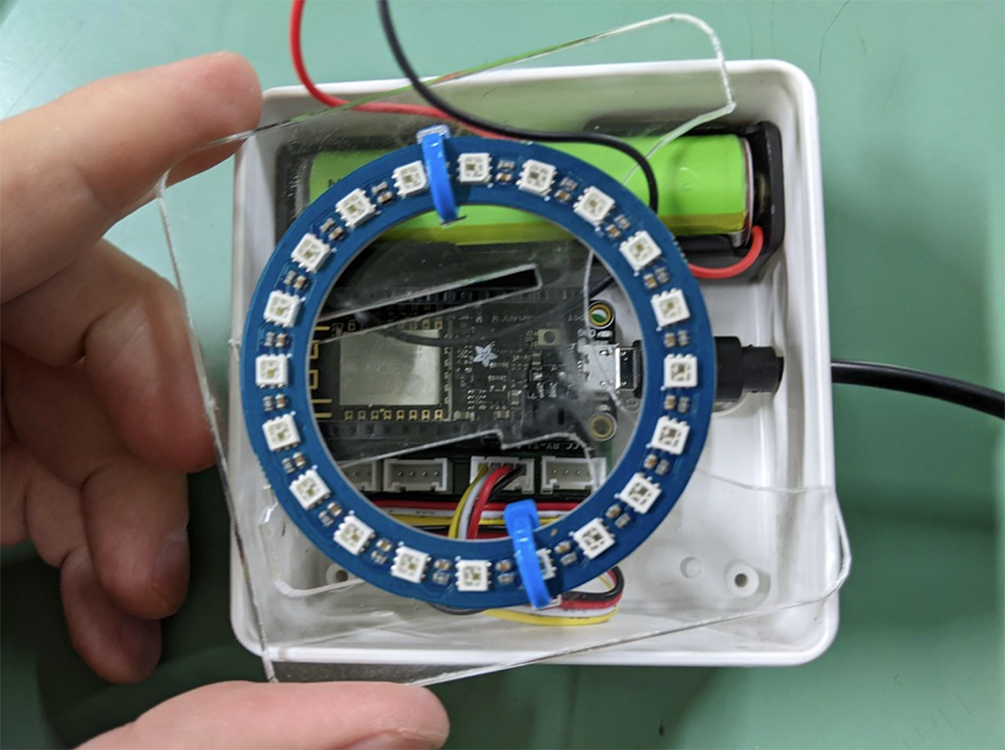
LED actuator: opened electrical connection box with electronic components including LED lamp ring.
OPEN IOT TOOLKIT
For the development, we used open software and open hardware wherever possible or worked with simple, inexpensive components. To enable the devices to be assembled by laypersons in a do-it-yourself process, the findings and instructions were treated as open data and documented on the development platform Github (github.com/mitwelten). First, we developed the generic IoT Toolkit and the corresponding software environment that can be used for biodiversity monitoring. In the context of interdisciplinary assembly workshops, the nodes were produced to test their use for citizen science.
Building on this, we conducted sensor-based experiments in the field studies that enabled the identification of indicator species or families (insects and birds) in order to draw conclusions about the ecological quality of biodiversity. We used sensors and actuators to carry out design interventions that made the research results more tangible for the general public. Various relationship-building media formats were designed that allowed direct access to the research database, and participatory installations were set up in public spaces.
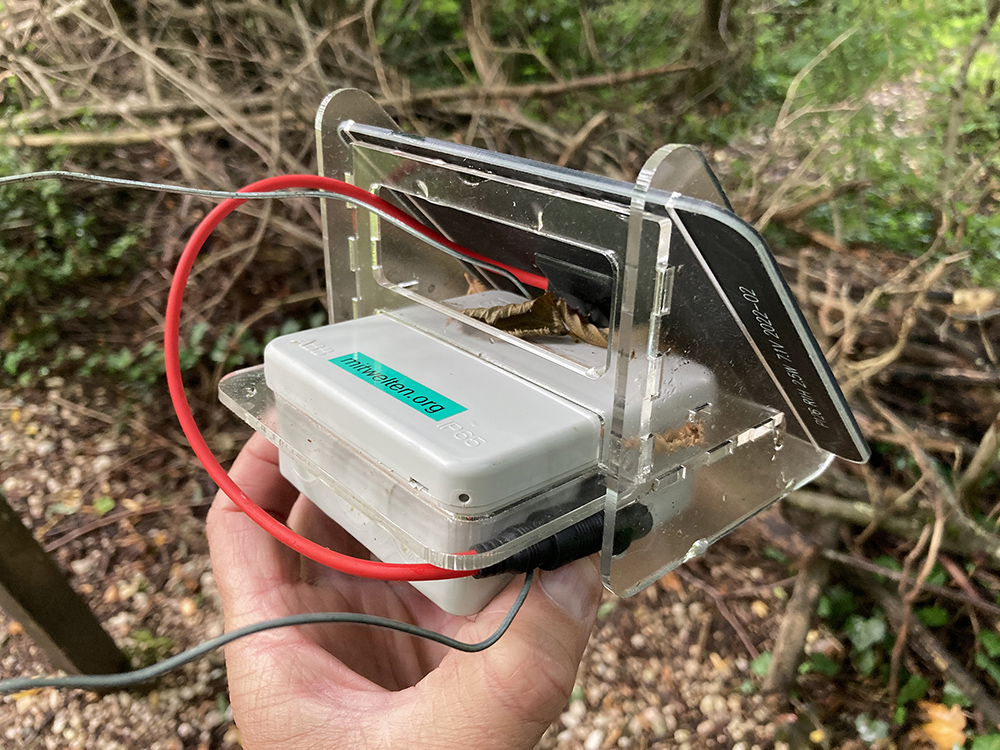
PAX-Counter: last design version with integrated solar panel.
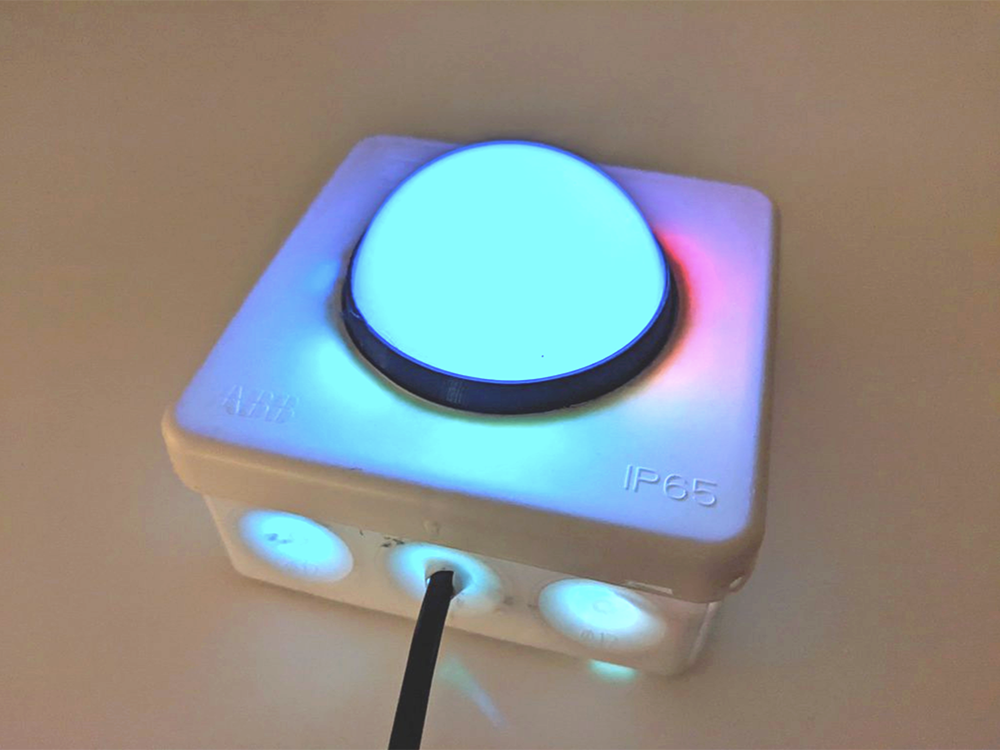
LED actuator: allows coding with brightness and RGB colors.
IOT TOOLKIT
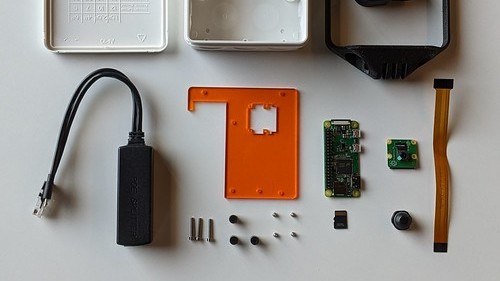
The PDF document describes the IoT toolkit, which consists of sensors, actuators and processors that were developed and used in the three case studies.
APPLICATIONS
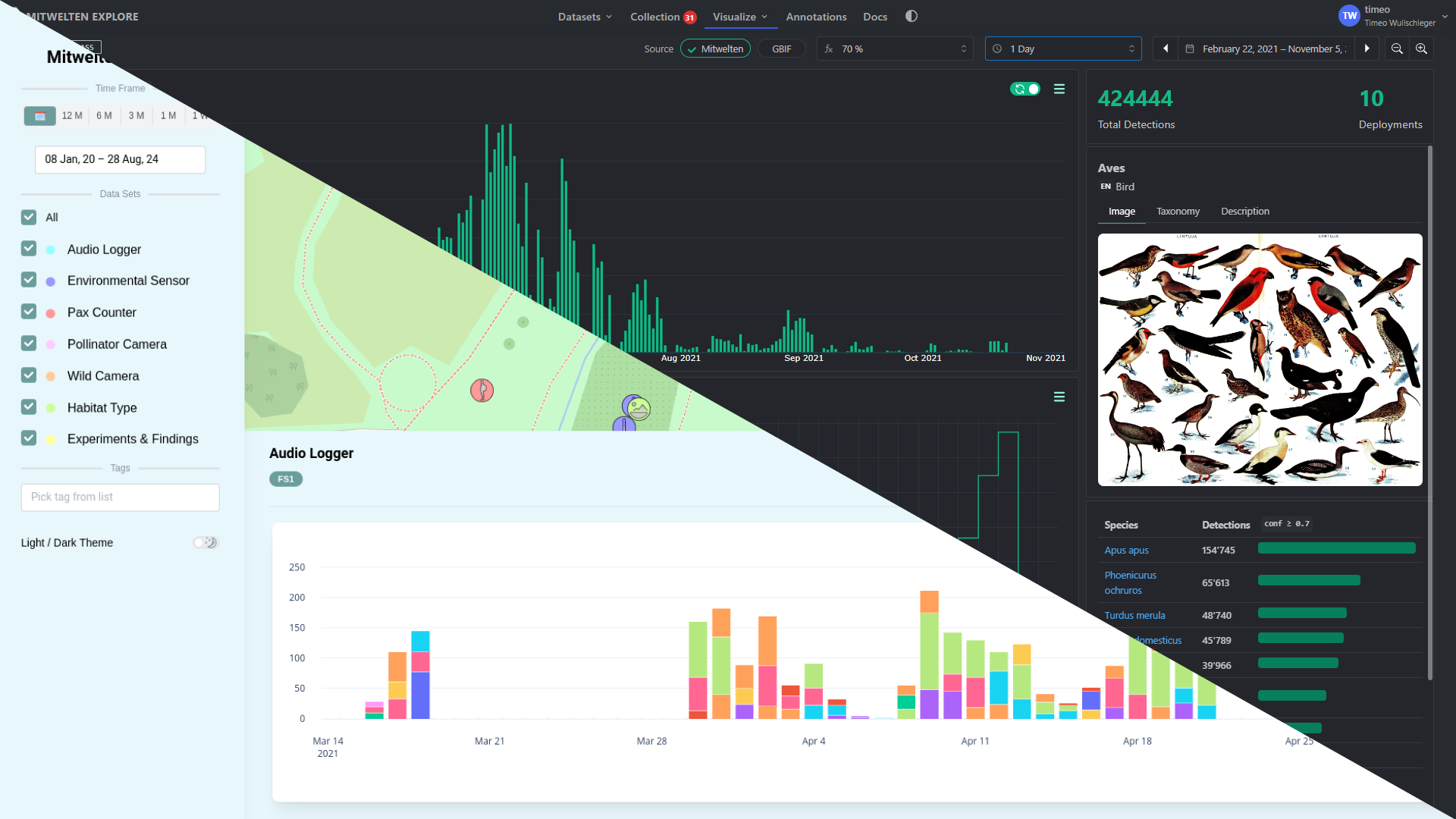
The Explore App is used for exploratory data analysis. The Discover App makes the results of the field studies available to the public.
SOFTWARE ENVIRONMENT
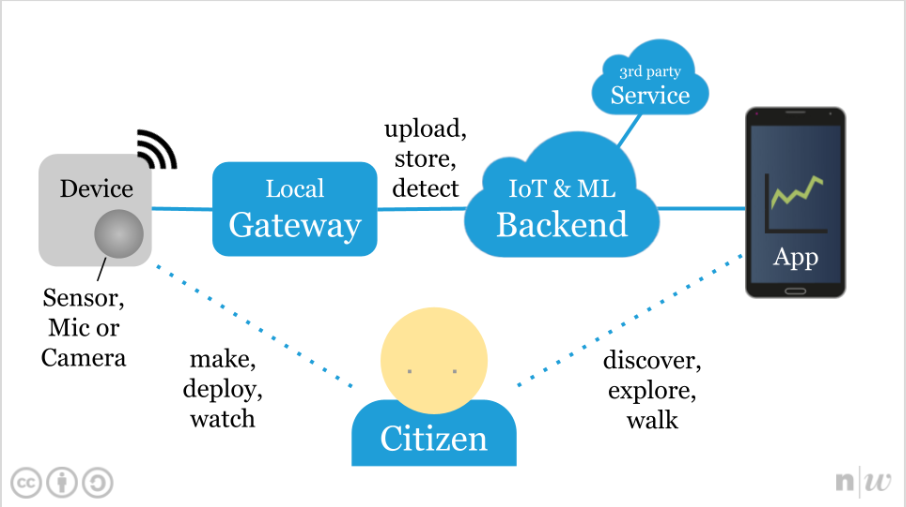
The PDF document describes the software environment developed together with the IoT Toolkit, including services, storage infrastructure, web applications and mobile applications.
TEAM TECHNOLOGY & DEVELOPMENT
Management: Thomas Amberg
Institute for Mobile and Distributed Systems
University of Applied Sciences and Arts Northwestern Switzerland FHNW
Bahnhofstrasse 6, 5210 Windisch
